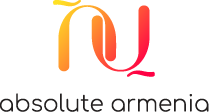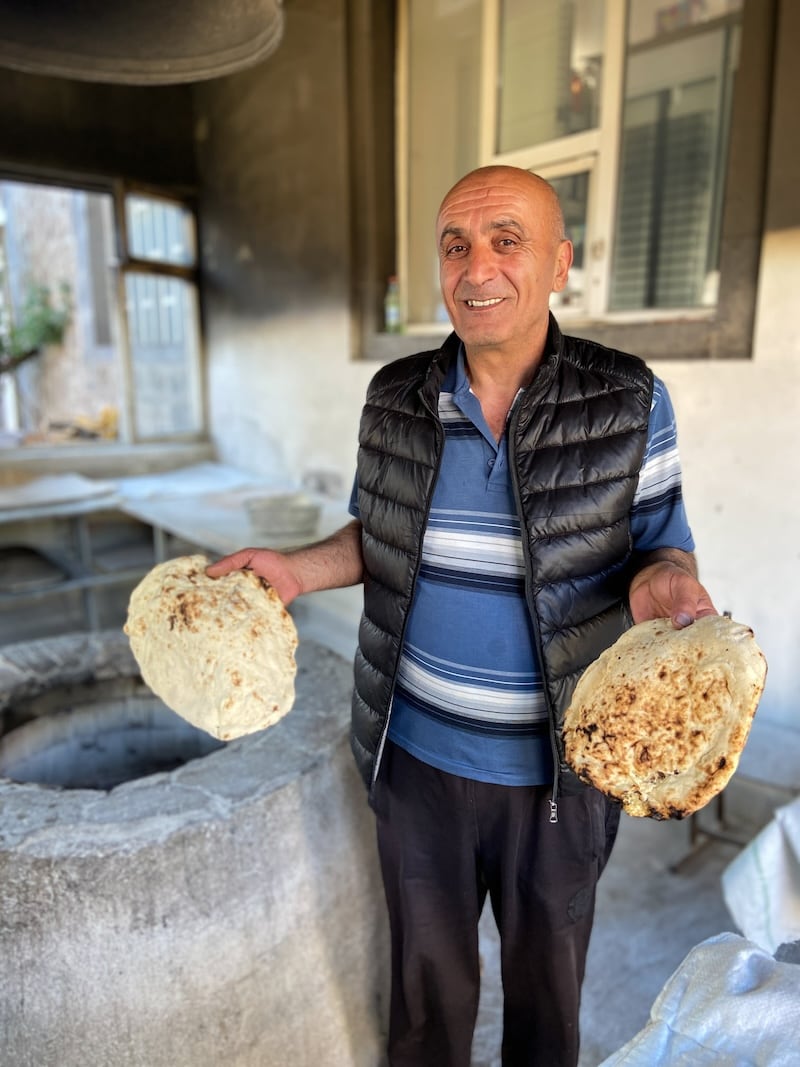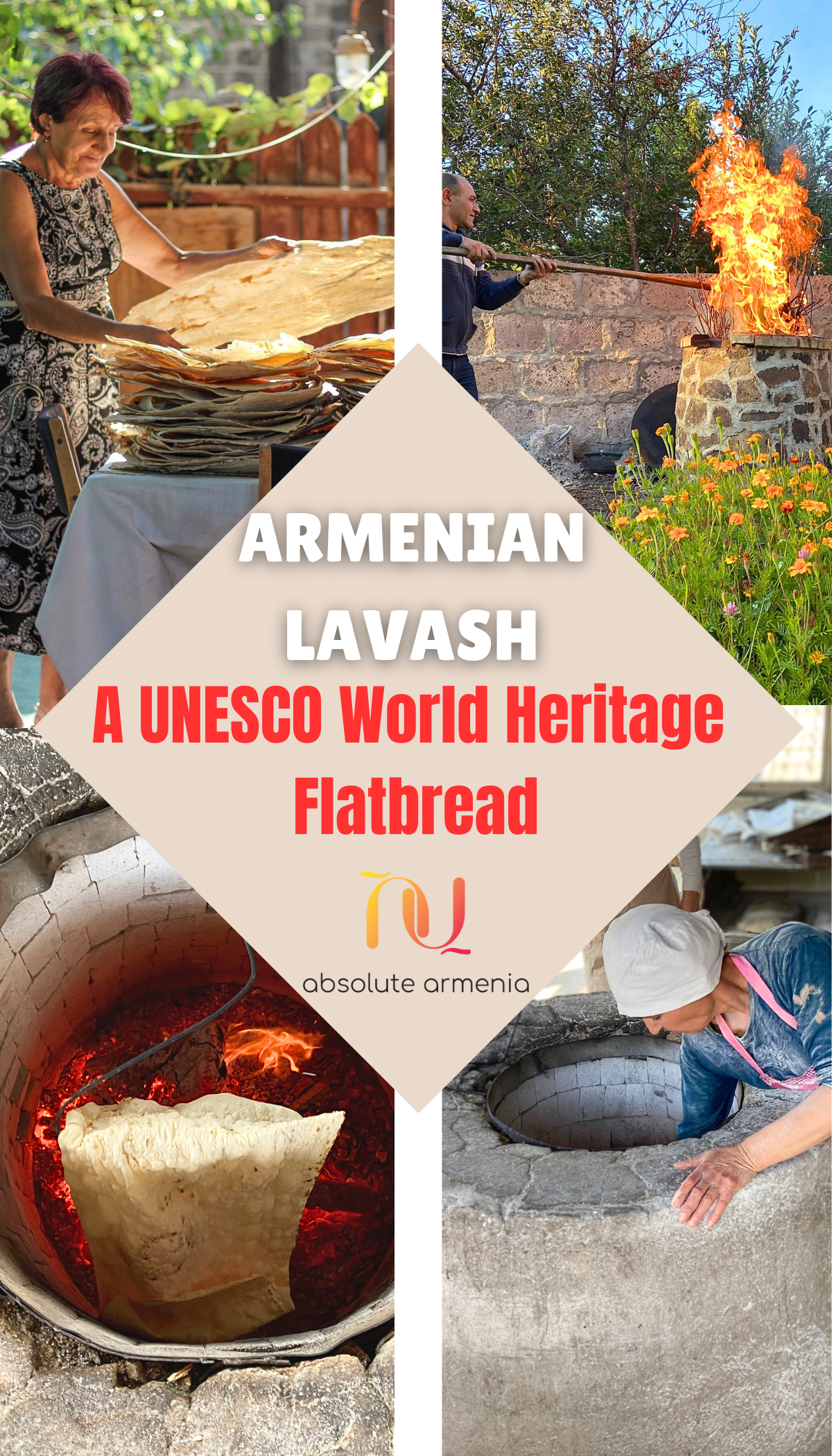Last Updated on June 16, 2025 by Aram Vardanyan
Ask any Armenian what the most important and popular attribute of Armenian cuisine is, which can never be missed from any Armenian table, whether at a gathering or a simple family meal. The answer will always be bread, specifically Armenian lavash.
Armenian lavash flatbread is one of the most popular types of bread in Armenia and in many other countries, where lavash is found in various forms and flavors.
In this article, I will talk about Armenian lavash flatbread and its importance in Armenian history and religion. Also, I will talk about the Armenian lavash recipe and how to make it.

I’ve traveled throughout Armenia, from remote villages to big cities, and everywhere I’ve seen people baking lavash flatbread using the same methods our ancestors used for centuries.
This special tradition continues to be passed down from generation to generation, preserving our cultural heritage.
Introduction to Armenian Lavash Flatbread
Known as a flatbread or thin bread, Lavash has been one of the cornerstones of traditional Armenian cuisine for centuries.
The traditional Armenian lavash bread recipe includes flour, water, and salt, and it is baked in an ancient clay oven in the ground called a “Tonir”.
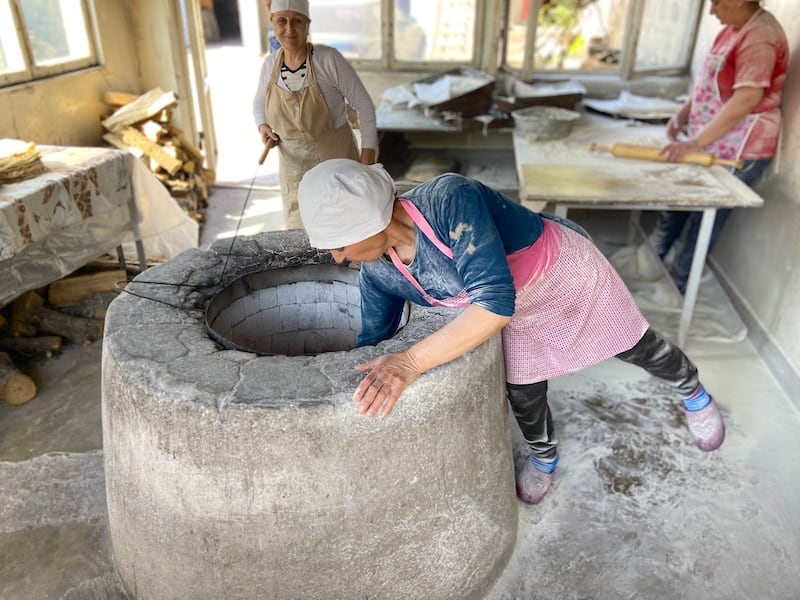
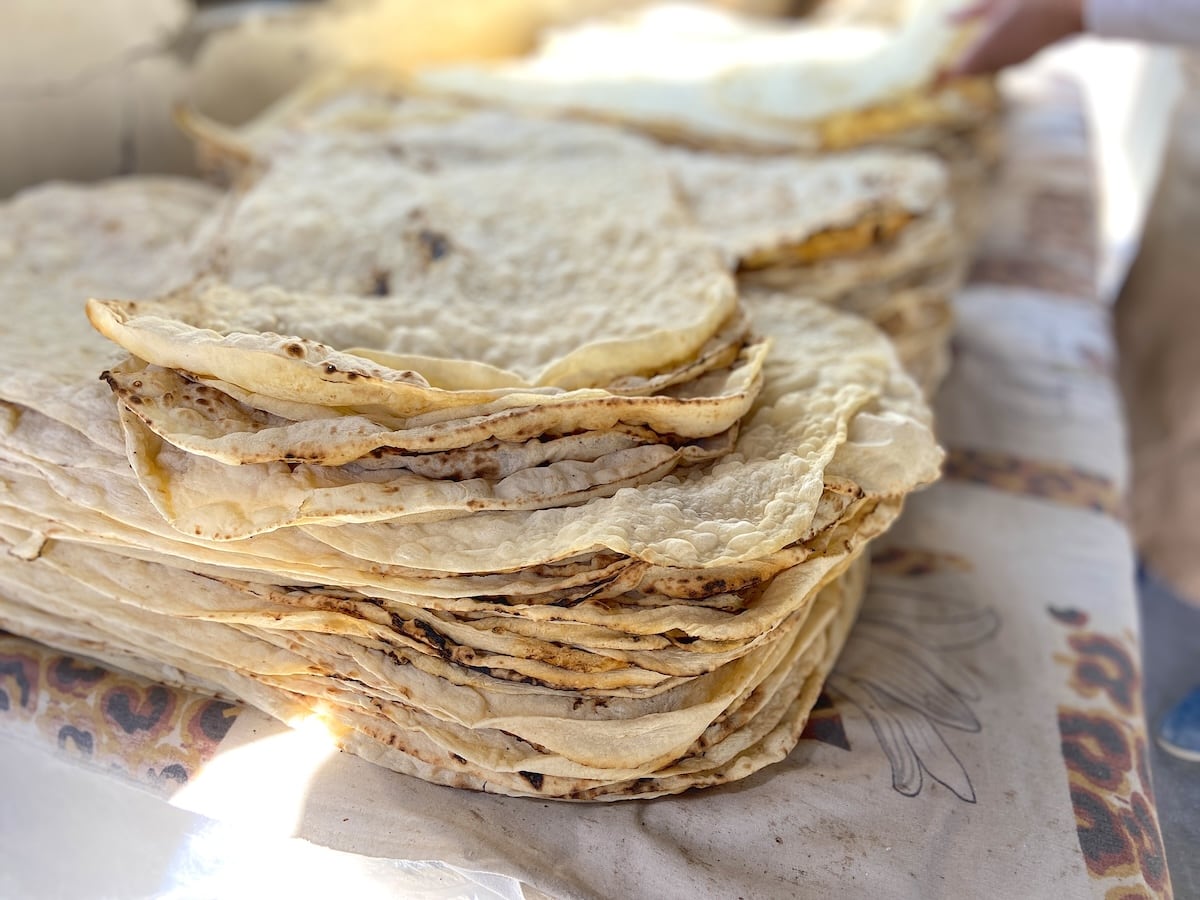
Lavash is unique in its ability to be dried and kept for more than six months. It appears in many dishes daily, such as Armenian pumpkin ghapama, vegetable wraps (known in Armenian as “brtuj”) with cheese and herbs, pastries, and more.
The cultural value and history of Armenian lavash bread are so significant that in 2014, UNESCO recognized it as an Intangible Cultural Heritage of Humanity.
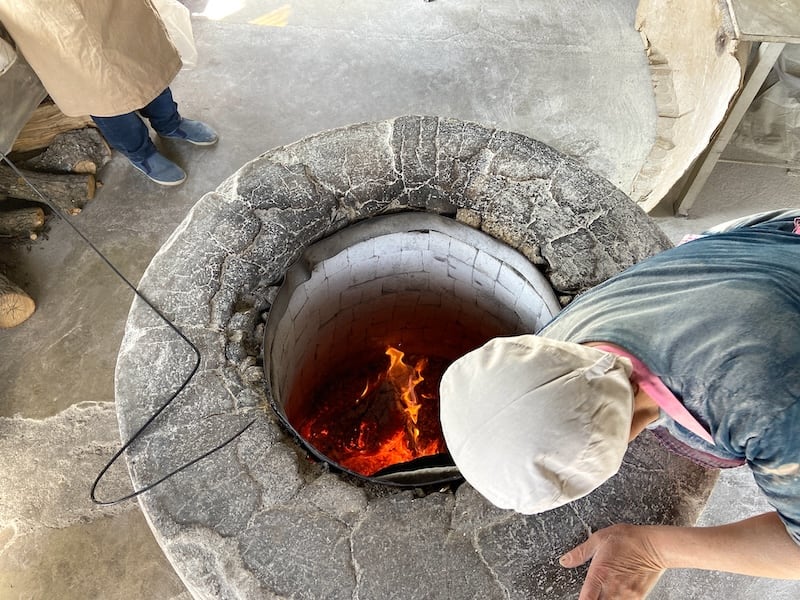
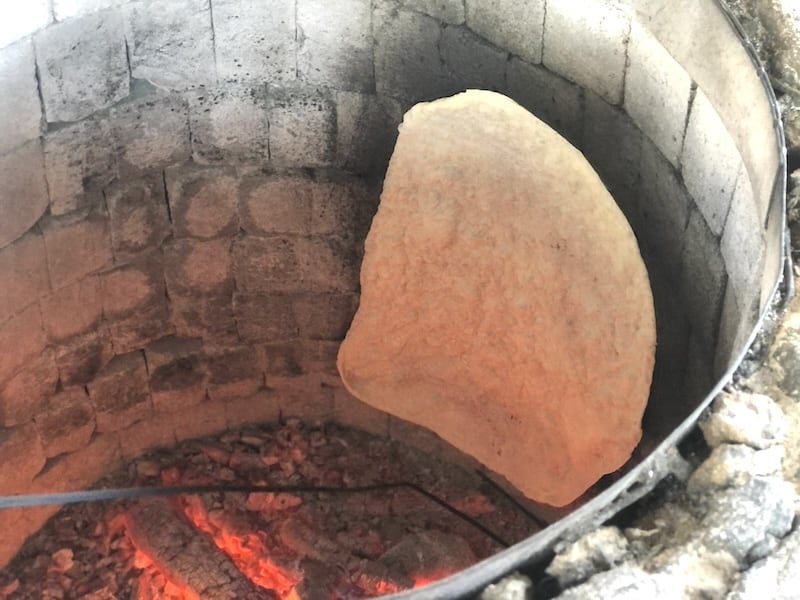
There is archaeological evidence that lavash was being baked back in the 3rd millennium BCE in the Armenian Highlands. From Armenian, ‘lavash’ means ‘well stretched’.
Usually, Armenian lavash flatbread is served hot or freshly baked; however, it can also be dried and served with traditional Armenian khash soup. Armenian lavash flatbread is low in calories, rich in fiber, and a great snack for people who love to eat healthier.
Type of Tornis in Armenia
There are two types of tonir popular in Armenia, where the lavash flatbread is baked. The most popular and ancient option is the tonir built underground, which dates back to pagan times and symbolized the sun and the worship of the god of the sun.
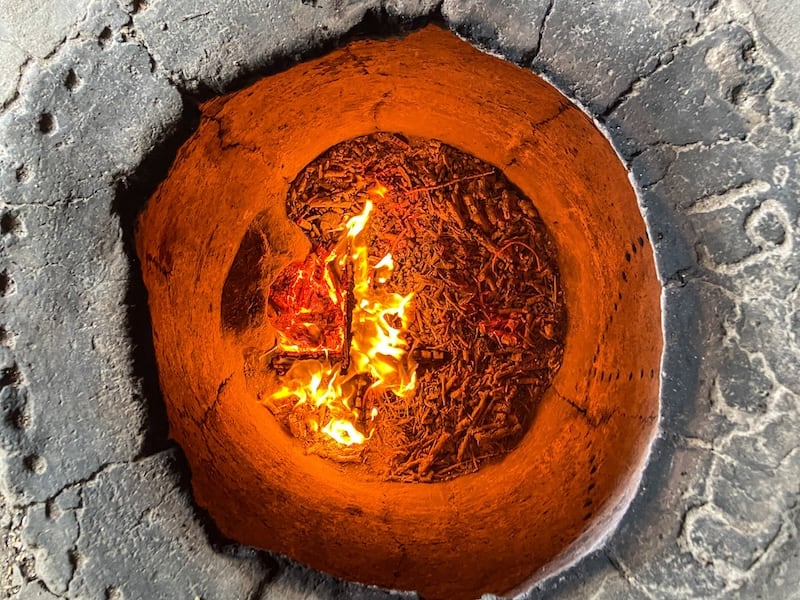
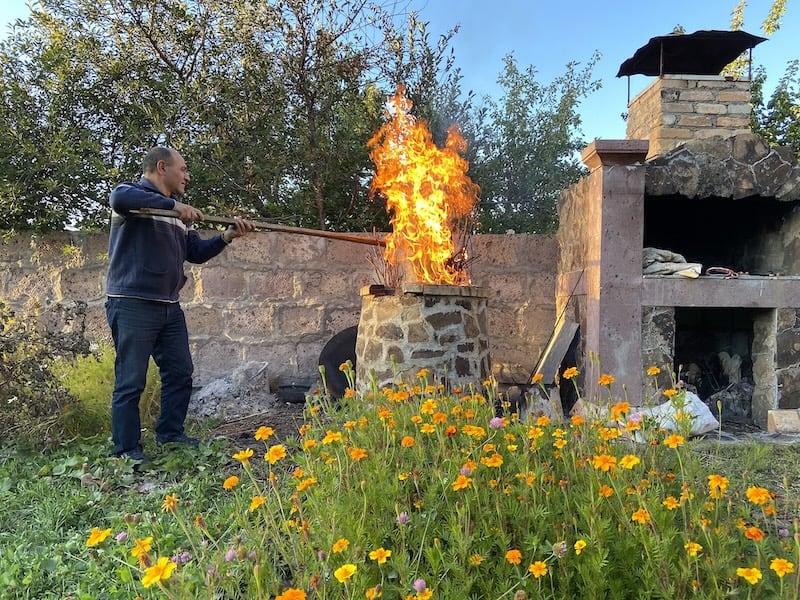
The other option is the above-ground tonir that is also widely popular in Armenia, where you can make not only lavash but other Armenian breads like loshik, matnakash, bagharj, and others.
Both tonirs are traditionally made from clay to keep the heat; however, in the newer tonirs, you can also find Armenian tuff volcanic stone and other stones used as a material.
Ingredients for Armenian Lavash Bread Recipe
Here are the ingredients for Armenian lavash flatbread:
- Flour
- Water
- Salt
Armenian Lavash Calories
Lavash is celebrated as one of the world’s healthiest flatbreads, a fantastic low-calorie accompaniment to any meal. It’s also essential to the experience of eating the traditional Armenian dish, khash.
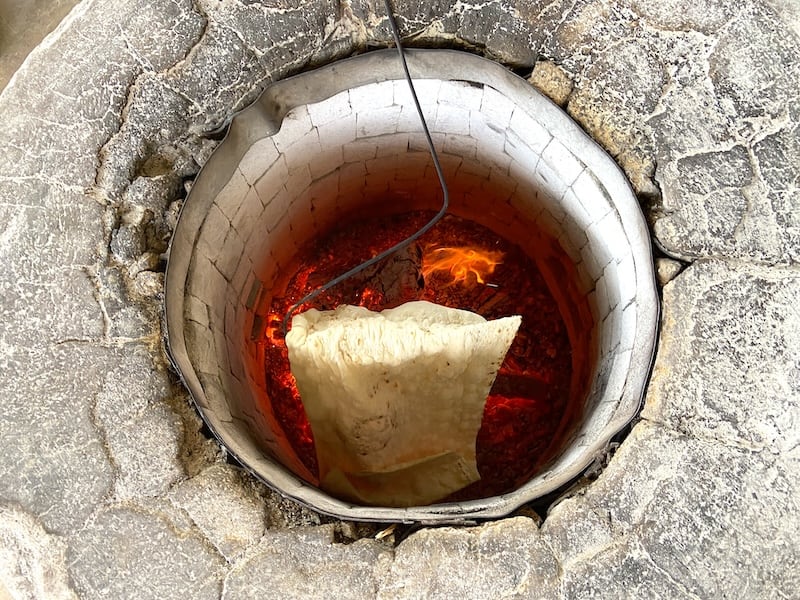
The piece of one Armenian lavash flatbread is approximately 240 grams (8.5 ounces). It has about 600 calories, which includes 200 grams of carbohydrate (7 ounces), 2.5 grams (0.08 ounces) of fat, and 20 grams (0.7 ounces) of protein.
How Armenian Lavash is Used
This is a type of bread called lavash. It’s a regional flatbread that originated from Armenia and is enjoyed around the South Caucasus and western Asia. It’s an essential part of Armenian, Iranian, and other cuisines.
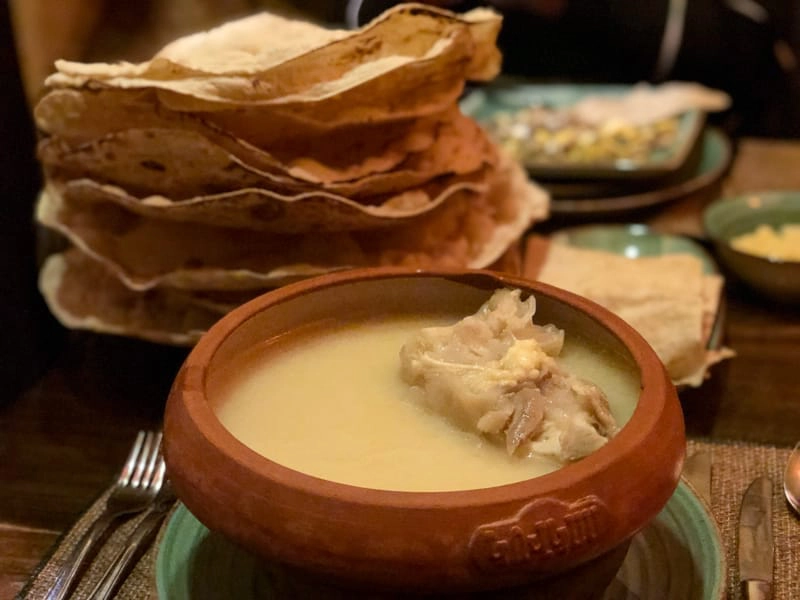
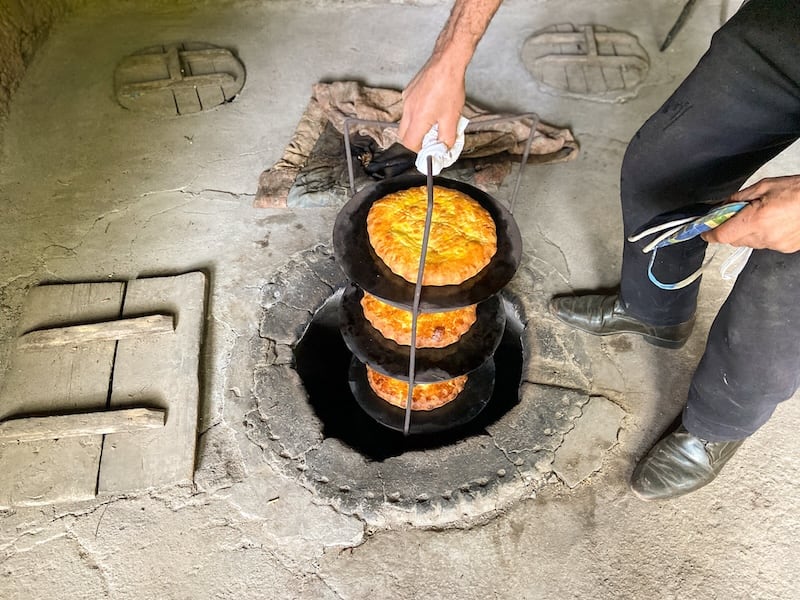
In 2014, lavash was added to UNESCO’s Representative List of Intangible Cultural Heritage of Humanity as an expression of culture in Armenia.”
Thousands of travelers are interested in how lavash is made, so they travel to Armenia to learn about its history and how it’s traditionally made in Armenian communities.
How Armenian Lavash is Getting Made
The bakers thinly roll each ball of dough and place it over a large cushion before slamming it on the walls of a tonir, or clay oven.
The lavash bakes and bubbles in the tonir for a matter of seconds before it’s removed using an iron rod. The result is an oval-shaped flatbread that’s about 80 centimeters (31 inches) long.
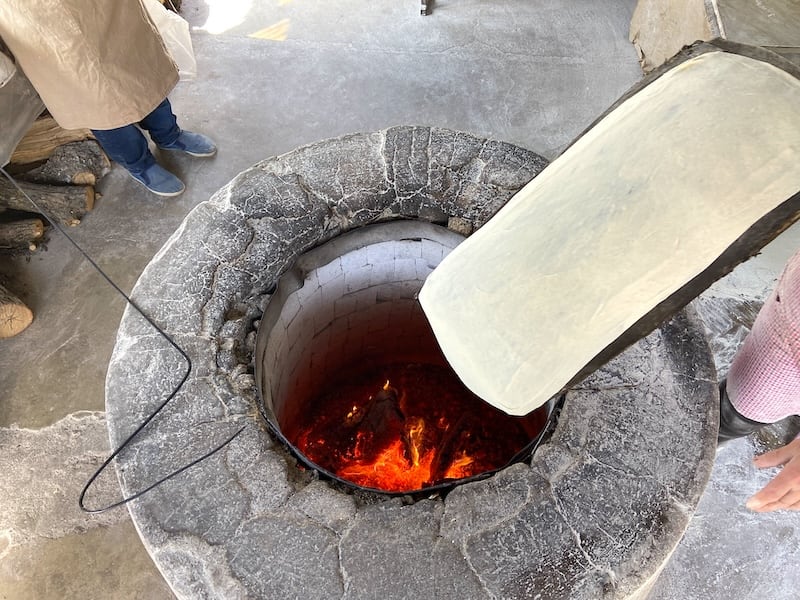
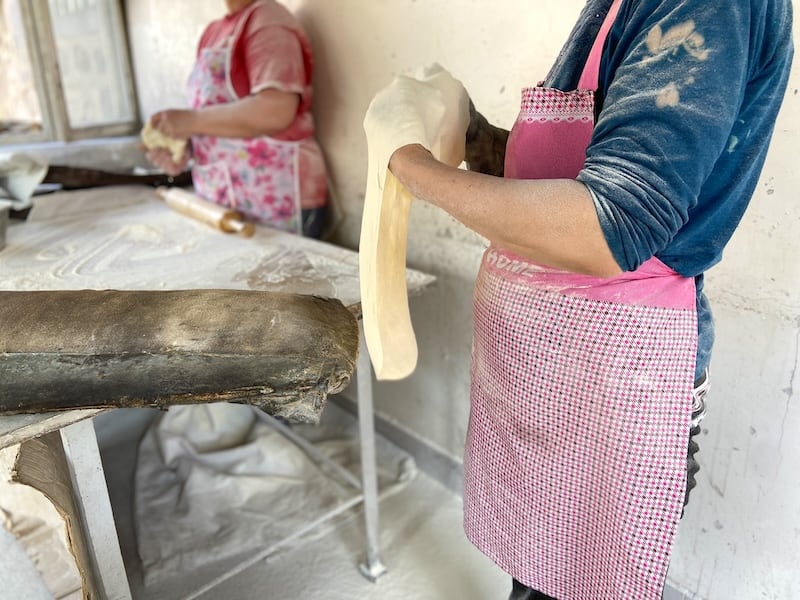
Throughout Armenia, it is possible to see Armenian women making and selling lavash in Yerevan restaurants, markets, and villages.
It might look easy, but baking lavash flatbread is heavier, warmer, and ultimately way harder than it looks.
You can eat lavash on its own or with some cheese, wrap it around kebab or Armenian khorovats, aka BBQ, or dip dry lavash into a dish called khash, a traditional soup made with boiled cow hooves.
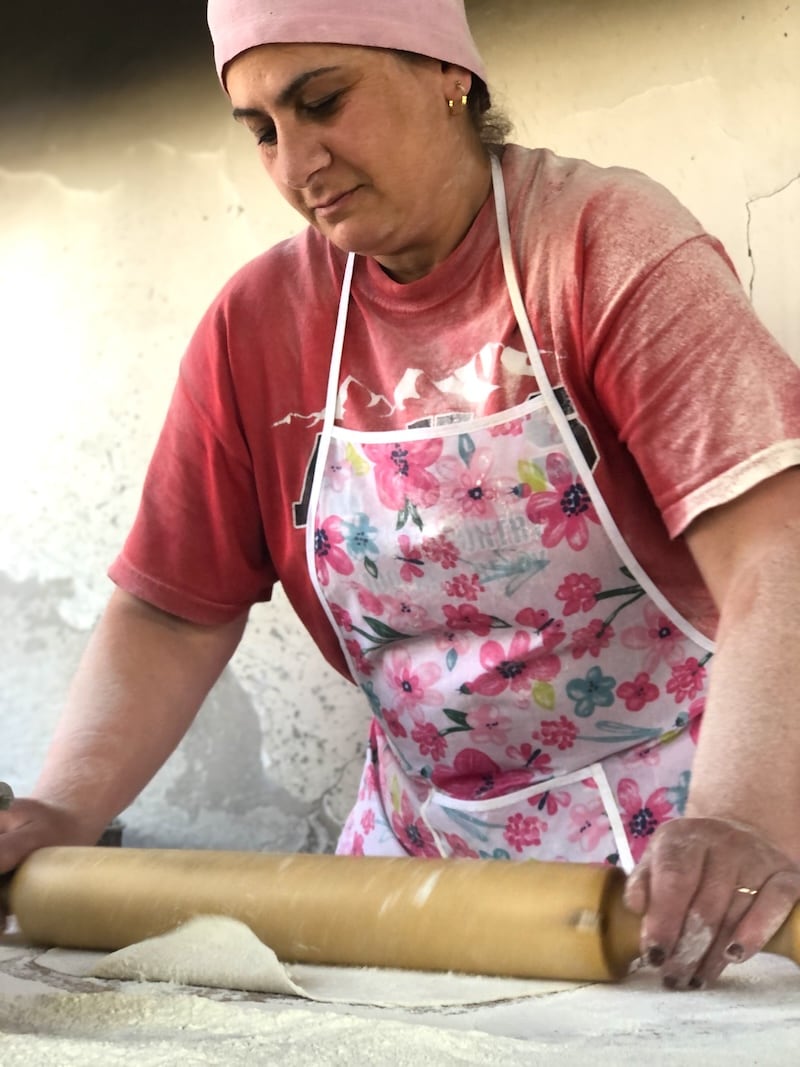
However you choose to eat it, no Armenian dinner table is complete without lavash. Lavash is not just a bread for Armenians; it’s a big part of our culture. It was part of the legends and myths in Armenian history. It also has a special song.
Also, it was featured in the pop culture of the country, including in cartoons, movies, and songs. There are storytellings about lavash, and it’s also one of the symbols of Christianity in Armenia.
